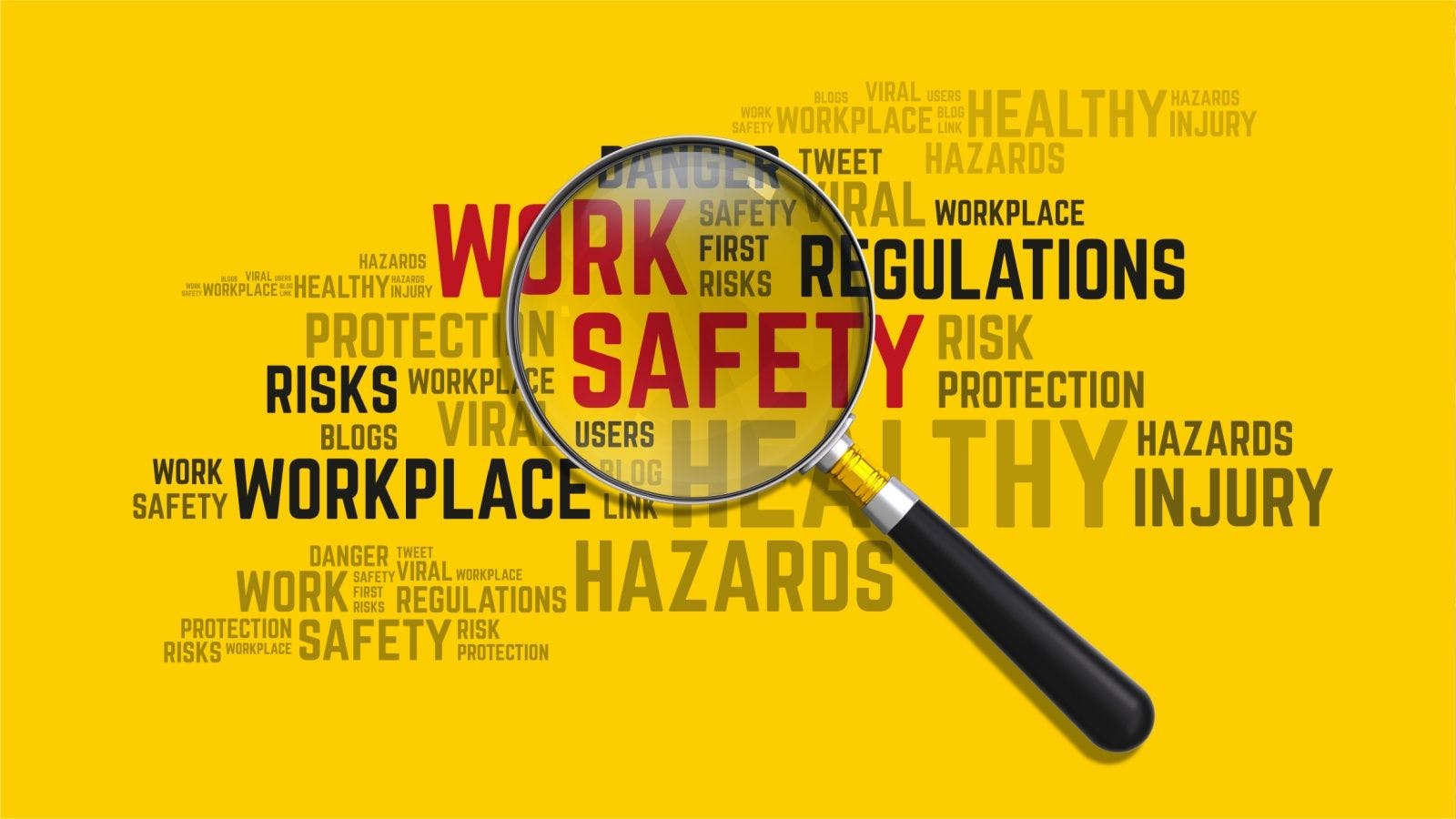
The ROI of Risk Mitigation
As you plan for next year, consider a new approach to your training budget. Rather than thinking about it as a drain on resources, consider it an investment in your company’s long-term sustainability. Rather than calling training an administrative hassle, think about it as risk mitigation.
Here’s why: You’re spending the money anyway. You might as well spend it in a way that earns a return.
The Cost of Staying the Same
The first step is to monetize an on-the-job injury. According to the Liberty Mutual Insurance Workplace Safety Index, on-the-job injuries that caused employees to miss six or more days of work cost U.S. employers a whopping $59.9 billion in 2014. That number can be made more accessible by taking a close look at a fictitious construction company and their injury-related costs.
Table 1 details direct and indirect costs associated with one non-fatal on-the-job injury. Use this as a guide to calculate the costs related to a typical employee injury at your company.
The next step is to estimate the annual cost of employee injuries. Our fictitious company has 40 employees working in the field, and two of them were injured in the last 12 months. (The average rate of nonfatal injuries in the construction industry in 2019 was 1.1%, but small firms have an injury rate five times that of companies with 1,000 or more employees.)
One of those employees left the company due to the injury and related stress. Using the data in Table 1, the direct cost of injuries was $109,680.
Elements of a Risk-Mitigation Program
Now it’s important to consider what it takes to build a comprehensive risk-mitigation plan and to tabulate the associated costs in order to determine the required investment.
The elements recommended for the construction industry are:
- Develop a written safety program. To make it stick, talk frequently with employees about the importance of safety. Hold employees accountable for breaking the rules through progressive disciplinary steps, and reward them for following procedures. Make managers responsible for their teams’ group safety records.
- Complete a hazard analysis for every job activity. Preplanning will save you lots of headaches. Analyze each specific activity for each job. What are the hazards, how can you mitigate them and which equipment will you need? Create an equipment list for that activity. Train everyone who will be on that jobsite.
- Use toolbox talks as safety training opportunities. It’s a best practice to use toolbox talks as a platform to complement your existing safety training program. Use the job hazard analysis as the basis for your content, and you’ll achieve three objectives at once: reinforce previous training, meet the requirements of CFR § 1926.21(b)(2)—Safety training and education and reduce injuries on the jobsite.
- Train new hires before day one on the job. Make it specific to their type of contracting work. Electricians should have different training for scaffolding work than a plumber, for example. Construction firms have specific challenges when it comes to new-hire training. Your company might have to address double the number of subjects as an auto dealer, for example. Even the most minimal orientation training can take half a day or longer. But since most construction worker injuries occur in the first year of employment, the investment in more comprehensive onboarding training is a no-brainer.
- Provide proper training for your “competent persons.” OSHA requires a competent person to be on-site, which is someone who:
- Is capable of identifying existing and predictable hazards in the surroundings; or
- Working conditions that are unsanitary, hazardous or dangerous to employees; and
- Is authorized to take prompt corrective measures to eliminate them.
A competent person needs extensive training. A 20-minute module doesn’t cut it when the job hazards can change day to day or even hour to hour. The person must know, for example, how excavation hazards can change on a jobsite when it goes from dry to inundated with rain in the space of an hour. To obtain that level of knowledge, the person may need a four-hour training on excavation alone.
Move training from in person to online. Face-to-face training doesn’t always work. It’s clunky, time-consuming and expensive. For most topics, employees should be able to access the training from their mobile devices. That makes it easier for them to train from home or while they’re at the jobsite. Online training is often more interactive and engaging than face-to-face training, and it can solve the language-barrier problem by offering the same training in different languages.
Step up your technology game. Use apps, software, tablets, phones and other available technology to manage your safety program. Digitize inspections, incidents, accidents, preventive actions and corrective actions. It makes the data more consistent, more organized and readily available to multiple parties on multiple devices.
Cost of a Risk-Mitigation Program
The cost of doing things differently matters, too. Table 3 illustrates a comprehensive risk-mitigation program for the fictitious company with 40 employees.
Consider, too, that the cost of setting up and managing the program is at least partially offset by these factors:
- Fewer unplanned equipment rental fees.
- Better reputation among contractors and workers.
- Increases in productivity, thanks to better training and speedier access to training, safety data sheets and inspection checklists.
- Savings on face-to-face training.
The ROI of Risk Mitigation
To calculate return on investment, use this basic formula: ROI = (Gain from Investment - Cost of Investment) / Cost of Investment
In our example, we’ll assume our gain from investment is equal to a portion of our total direct cost of injuries from the last 12 months (see Table 4). No matter how well this company mitigates risk, it’s likely that one person will still get hurt on the job. Employee 1’s injury is only half as severe as it would have been otherwise, however, and they stay with the company rather than leaving. Employee 2 doesn’t get hurt at all.
The ramifications of implementing a comprehensive risk-mitigation program are plentiful and powerful: less time off the job, no penalties for missing deadlines, fewer OSHA fines, lower insurance premiums and less employee turnover. Calculate the gain by subtracting the direct cost of injuries in Table 4 from the direct cost of injuries in Table 2:
Gain = $109,680 - $1,270 = $108,410
Then plug the cost of the risk-mitigation program (see Table 3) into the ROI formula:
($108,410 - $40,458) / $40,458 = $67,952 / $40,458 = 1.67 = 167%
That’s an annual return, not just a one-time deal. According to Contractor Magazine, the top 25% of construction firms earn a 40% return on their invested working capital. That’s a darn good ROI.
But a project with an ROI of 167%? It’s time to start budgeting for next year’s risk-mitigation program.
Related stories








